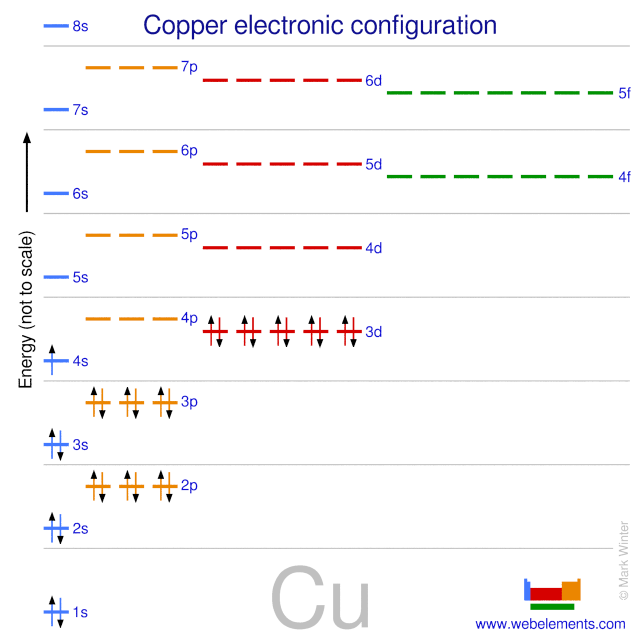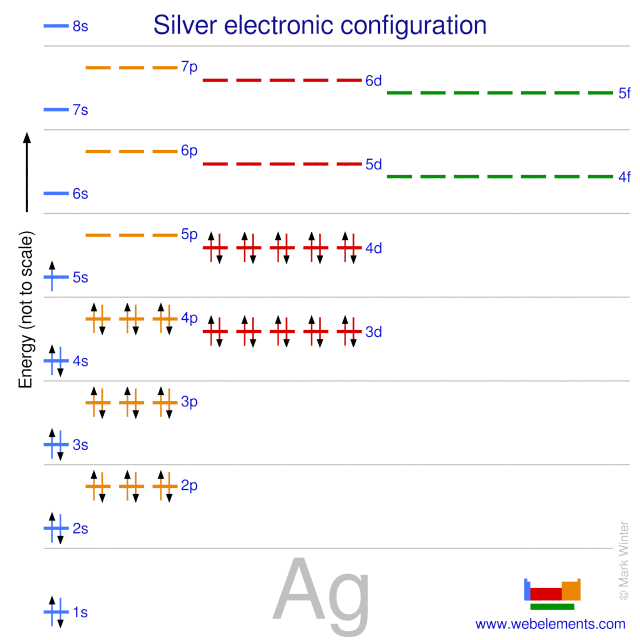Puma Cat
Well-known member
- Thread Author
- #1
Just came across this video on YT today on the Smith Chart.
When viewing this video, it immediately became clear why aftermarket power cords can provide such an improvement to our audio systems.
Here's an example what happens when the impedance of the "transmission line" does not match the "load impedance". This mis-match causes a "reflected wave" on the circuit, which you don't want to have, as described in the video. Note how the red dot is "off-axis" to the center-line of the polar plot.

Now, when you have the PC's impedance matching that of the "load", you get a much more ideal response, as shown by the red dot in the plot, meaning, no "reflected wave", which is exactly what you want.
In our case, transmission line is the PC from the wall AC receptacle, and the "load" is the FWBR* power supplies inside our amplification components.

And...this is key reason why well-designed aftermarket PCs can provide such an audible improvement in our audio systems: because they can help "match" the impedance of the "transmission line" with the "load".
Don'tcha just love...SCIENCE?
*–FWBR: Full-wave bridge rectifier
When viewing this video, it immediately became clear why aftermarket power cords can provide such an improvement to our audio systems.
Here's an example what happens when the impedance of the "transmission line" does not match the "load impedance". This mis-match causes a "reflected wave" on the circuit, which you don't want to have, as described in the video. Note how the red dot is "off-axis" to the center-line of the polar plot.

Now, when you have the PC's impedance matching that of the "load", you get a much more ideal response, as shown by the red dot in the plot, meaning, no "reflected wave", which is exactly what you want.
In our case, transmission line is the PC from the wall AC receptacle, and the "load" is the FWBR* power supplies inside our amplification components.

And...this is key reason why well-designed aftermarket PCs can provide such an audible improvement in our audio systems: because they can help "match" the impedance of the "transmission line" with the "load".
Don'tcha just love...SCIENCE?
*–FWBR: Full-wave bridge rectifier


